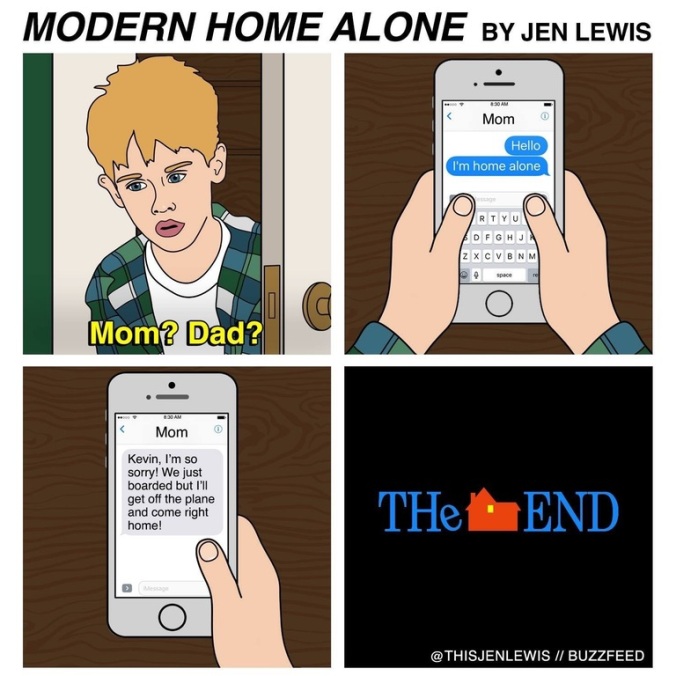Straight Shooting was John Ford’s first feature film, and at times it feels strongly like someone’s first film. This is mostly apparent in the first hour, which is concerned with providing an introduction to the cast of characters, meaning simple shots and title cards all over the place, spending a great deal of time setting up the film’s primary conflict. It’s not an elegant or particularly efficient way to do it, and it feels a bit like the person behind the camera is learning as they go. The setup feels like a first draft, a first run at trying to establish something, and if it’s surprisingly dull and anti-cinematic, well, that’s why. Ford would get better at this sort of thing – seemingly during the production of this film, in fact – but it can feel like he’s learning as he goes along.
The setup is that there are farmers and ranchers. The ranchers, lead by Thunder Flint (Duke Lee), dislike a particular farmer, Sweet Water Sims (George Berrell), and want him to get off his land. They buy all the streams and prevent Sweet Water from getting his sweet water. Then they plan on shooting him. There’s a rogue element in Cheyenne Harry (Harry Carey), a gun for hire who is initially brought on to help get rid of Sims.
The film doesn’t really get going until a scene in a bar, with Harry and a rancher named Placer Fremont (Vester Plegg) trying to match each other drink for drink. It’s a great scene, using alcohol as a way to have the men push each other further and reveal things in their character. It’s a scene that relies heavily on the actors’ performances, as the characters try to assert domination over each other – Plegg plays an excellent weasel – and it works as the film in miniature.This is where the film starts moving, and once it does it becomes a solid bit of storytelling.
There’s still a feeling that people in the early silents were making it up as they went along. Sometimes this results in genius, such as a shot with a long-distance assassination, with both the assassin and victim in frame, the victim barely visible in the corner. It’s a clever way to depict an execution that is done better than many modern films, but it also feels risky and new, even today when the shot is 100 years old. Sometimes the results are not as good, like in the climax, which is staged for maximum chaos but without much thought as to how to actually film it. There are a lot of stunts – a succession of people being pulled off of horses, for example – which are interesting in theory but sometimes barely in frame, thrown in because the stunts are exciting. Chaos is exciting, but Ford hadn’t cracked the code of how to actually film chaos at this point, though he gets close – he throws in a ton of insert shots of vases breaking near actors, a good way to have a high impact way of showing gun shots. Still, wide shots of men on horses riding in circles isn’t as thrilling as it could be.
There is some acting that seems a bit cheesy to modern audiences – the death scenes are amusingly over-dramatic – and some flaws in the way it’s filmed, but once it gets going the film holds up better than you would expect. It’s the most American genre with the most American story – plucky underdogs taking on the well dressed oppressors – made by the most American director, John Ford. There is enough good here to overcome the flaws.
